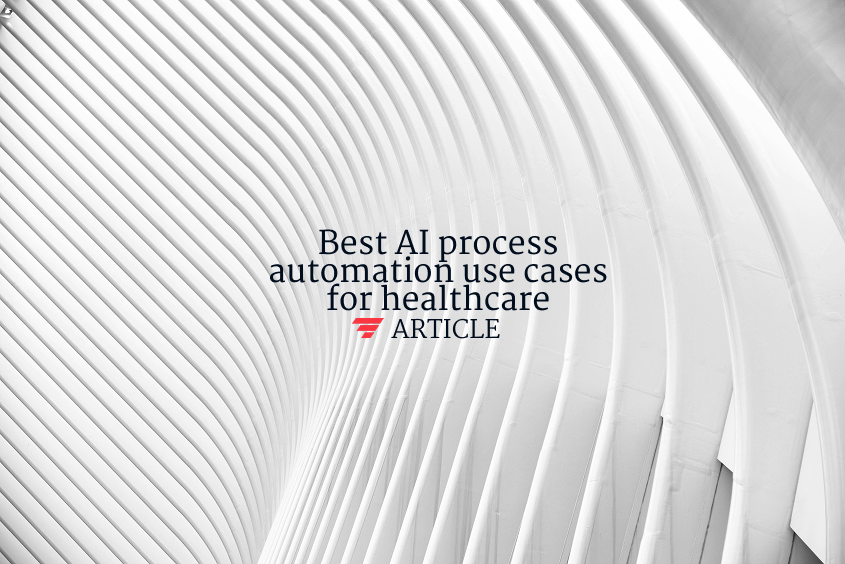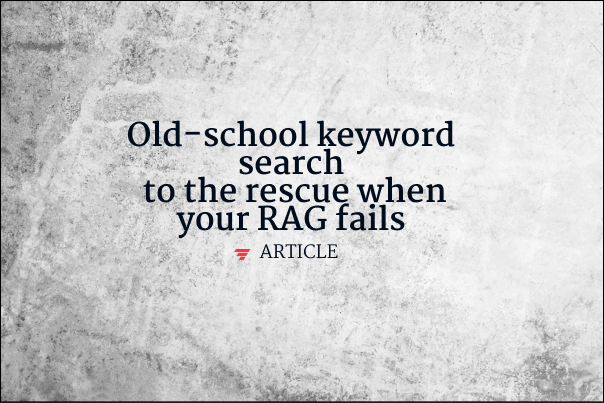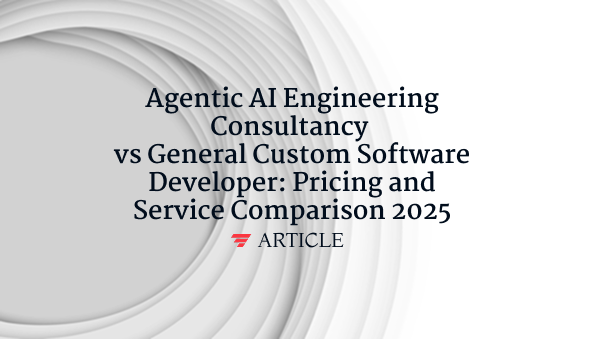K-shot learning
K-shot learning is a machine learning paradigm where models are trained or evaluated using exactly K labeled examples per class or task, representing a specific instance of few-shot learning that constrains the number of training samples to a precise quantity to test a model’s ability to generalize from extremely limited data. This approach provides exactly K labeled examples for each category, class, or task variant during training or inference phases, encompassing scenarios including one-shot (K=1), two-shot (K=2), five-shot (K=5), and higher K values that present different challenges for model generalization and adaptation capabilities. K-shot learning utilizes meta-learning algorithms, prototypical networks, model-agnostic meta-learning (MAML), and gradient-based optimization techniques that enable rapid adaptation to new tasks with precisely K examples per class while maintaining performance comparable to extensively trained models. Modern implementations incorporate support-query set architectures, episodic training protocols, and few-shot prompting strategies that maximize learning efficiency from limited examples through sophisticated representation learning and transfer mechanisms. Enterprise applications leverage K-shot learning for domain adaptation, personalization systems, rapid deployment of AI solutions to new business contexts, and scenarios where collecting extensive training data is impractical, expensive, or time-consuming. Advanced K-shot methods support compositional learning, multi-task scenarios, and dynamic adaptation that enable organizations to deploy AI systems capable of quickly adapting to new products, customer segments, or operational requirements with minimal data requirements.
Want to learn how these AI concepts work in practice?
Understanding AI is one thing. Explore how we apply these AI principles to build scalable, agentic workflows that deliver real ROI and value for organizations.



